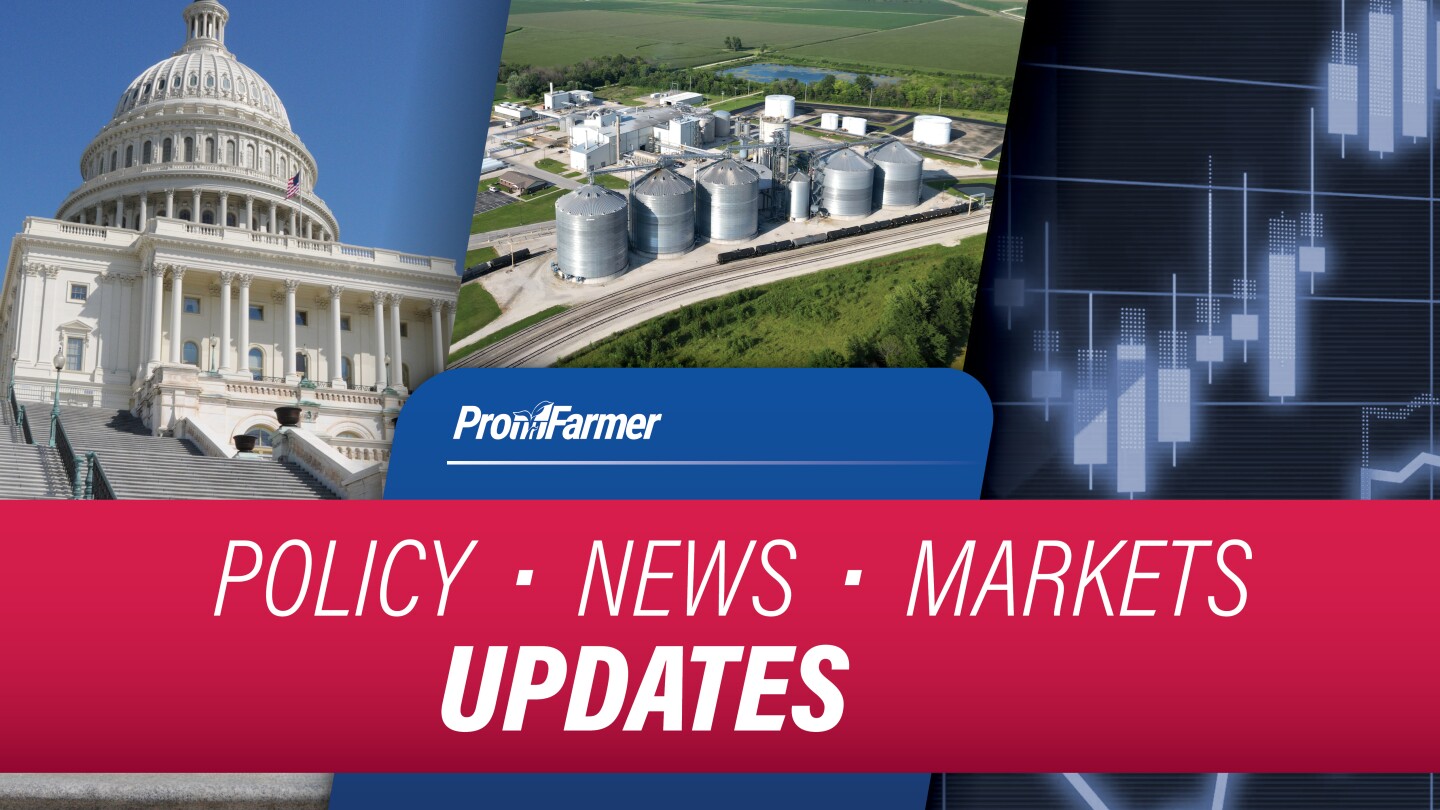E-News | WVU Committee of Retired Faculty and OLLI host talk on global movement to end hunger Aug. 6 – West Virginia University

Report on Advocacy Efforts Targeting Sustainable Development Goals
Scheduled Presentation on Anti-Hunger Initiatives
A public presentation will be held to report on efforts to combat malnutrition and hunger, key targets within the Sustainable Development Goals (SDGs).
- Presenter: Joanna DiStefano, Senior Associate for Grassroots Organizing and Outreach at RESULTS.
- Topic: The network’s work to fight malnutrition and hunger in West Virginia and globally, directly addressing SDG 2: Zero Hunger.
- Date: Wednesday, August 6, at 2:30 p.m.
- Platform: Zoom.
Organizational Mission and Alignment with SDGs
RESULTS is a grassroots advocacy network that works to influence political leaders on decisions that advance several key Sustainable Development Goals. The organization’s primary objectives are to improve access to:
- Health (SDG 3: Good Health and Well-being)
- Education (SDG 4: Quality Education)
- Economic Opportunity (SDG 1: No Poverty & SDG 8: Decent Work and Economic Growth)
Impact on Global Anti-Poverty Efforts
Since 1980, the network’s advocacy has contributed to the allocation of over $200 billion toward anti-poverty initiatives. This achievement represents a significant contribution to the advancement of SDG 1: No Poverty on a global scale.
Local Engagement and Partnerships for the Goals
The presenter, Joanna DiStefano, is a founding member of the West Virginia chapter of RESULTS, which was formed in Morgantown in 2018. This local chapter exemplifies the framework of SDG 17: Partnerships for the Goals, by mobilizing community action to support a global agenda. Ms. DiStefano was formerly a program manager at the WVU Health Sciences Global Engagement Office.
Participation and Registration
The presentation is open to the public and free of charge. Interested parties are required to register to attend.
1. Which SDGs are addressed or connected to the issues highlighted in the article?
The article highlights the work of RESULTS, a grassroots advocacy network, focusing on several key areas of development. Based on the text, the following Sustainable Development Goals (SDGs) are addressed:
- SDG 1: No Poverty – The article explicitly states that the network’s advocacy has directed funds toward “anti-poverty efforts.”
- SDG 2: Zero Hunger – A primary focus of the presentation mentioned is the work to “fight malnutrition and hunger.”
- SDG 3: Good Health and Well-being – The network aims to guide political leaders toward decisions that “improve access to health.”
- SDG 4: Quality Education – The organization works to “improve access to education.”
- SDG 8: Decent Work and Economic Growth – The goal of improving “access to… economic opportunity” is directly mentioned.
- SDG 17: Partnerships for the Goals – The entire description of RESULTS as a “grassroots advocacy network” that works with “Congress” to direct funds represents a civil society partnership aimed at achieving development goals.
2. What specific targets under those SDGs can be identified based on the article’s content?
Based on the activities and goals described in the article, the following specific targets can be identified:
-
SDG 1: No Poverty
- Target 1.a: “Ensure significant mobilization of resources from a variety of sources… to implement programmes and policies to end poverty in all its dimensions.” The article’s mention of directing “$200 billion toward anti-poverty efforts” through advocacy directly relates to mobilizing resources for poverty reduction programs.
-
SDG 2: Zero Hunger
- Target 2.1: “By 2030, end hunger and ensure access by all people… to safe, nutritious and sufficient food all year round.” This is directly connected to the stated effort to “fight… hunger.”
- Target 2.2: “By 2030, end all forms of malnutrition…” This is explicitly mentioned in the goal to “fight malnutrition.”
-
SDG 3: Good Health and Well-being
- Target 3.8: “Achieve universal health coverage, including financial risk protection, access to quality essential health-care services…” The goal to “improve access to health” aligns with this target.
-
SDG 4: Quality Education
- Target 4.1: “By 2030, ensure that all girls and boys complete free, equitable and quality primary and secondary education…” The broad goal of improving “access to education” is a foundational step for this target.
-
SDG 8: Decent Work and Economic Growth
- Target 8.5: “By 2030, achieve full and productive employment and decent work for all women and men…” The effort to improve “access to… economic opportunity” is central to achieving this target.
-
SDG 17: Partnerships for the Goals
- Target 17.17: “Encourage and promote effective public, public-private and civil society partnerships, building on the experience and resourcing strategies of partnerships.” The description of RESULTS as a “grassroots advocacy network” working with “Congress” is a clear example of a civil society partnership influencing public policy and resource allocation.
3. Are there any indicators mentioned or implied in the article that can be used to measure progress towards the identified targets?
While the article does not list official SDG indicators, it mentions or implies several metrics that can be used to measure progress:
- For Target 1.a and 17.17: The article provides a specific quantitative figure: “$200 billion toward anti-poverty efforts.” This amount serves as a direct indicator of resource mobilization (Indicator 1.a.1) and the financial value of partnerships (Indicator 17.17.1).
- For Target 2.1 and 2.2: The article implies that progress would be measured by a reduction in the prevalence of “malnutrition and hunger.” While no data is given, these are the phenomena being targeted.
- For Target 3.8, 4.1, and 8.5: The article implies that progress would be measured by tracking “access to education, health and economic opportunity.” This suggests indicators related to the proportion of the population that can access these services and opportunities.
4. Create a table with three columns titled ‘SDGs, Targets and Indicators” to present the findings from analyzing the article.
| SDGs | Targets | Indicators (Mentioned or Implied in the Article) |
|---|---|---|
| SDG 1: No Poverty | 1.a: Ensure significant mobilization of resources… to implement programmes and policies to end poverty. | The mobilization of “$200 billion toward anti-poverty efforts.” |
| SDG 2: Zero Hunger | 2.1: End hunger and ensure access to food. 2.2: End all forms of malnutrition. |
Implied: Reduction in the prevalence of malnutrition and hunger. |
| SDG 3: Good Health and Well-being | 3.8: Achieve universal health coverage. | Implied: Increased rates of access to health services. |
| SDG 4: Quality Education | 4.1: Ensure all children complete free, equitable and quality education. | Implied: Increased rates of access to education. |
| SDG 8: Decent Work and Economic Growth | 8.5: Achieve full and productive employment and decent work for all. | Implied: Increased rates of access to economic opportunity. |
| SDG 17: Partnerships for the Goals | 17.17: Encourage and promote effective public, public-private and civil society partnerships. | The existence of the RESULTS grassroots advocacy network working with Congress; the value of resources ($200 billion) directed through this partnership. |
Source: enews.wvu.edu

What is Your Reaction?
 Like
0
Like
0
 Dislike
0
Dislike
0
 Love
0
Love
0
 Funny
0
Funny
0
 Angry
0
Angry
0
 Sad
0
Sad
0
 Wow
0
Wow
0















































































